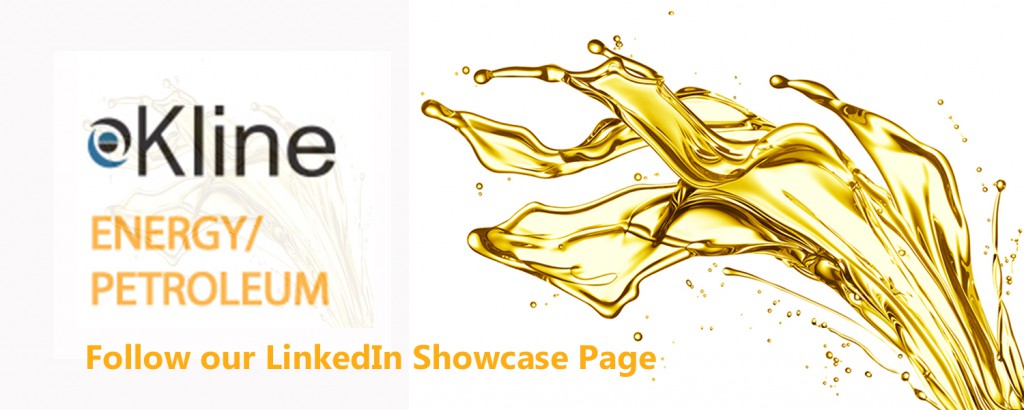The brightstocks market faces dwindling Group I supplies. In its recently published report, The Global Business Outlook for Brightstocks, global market research and management consulting firm Kline estimates that, even with limited new capacity additions, the market will experience a potential deficit of at least 6.0 KBD by 2025. Although there will be loss in demand for brightstocks from automotive engine oils due to the shift towards multigrade oils, that alone cannot compensate for the declining supply. Blending requirements for marine and other heavy industrial lubricants continue to expand demand for brightstocks, a critical component for these applications. Spotting an opportunity, a few brightstock suppliers have undertaken capacity expansion projects that will address some of the growing deficit.
Rationalization of older, less efficient Group I basestock plants has resulted in a decline in brightstock supplies, and this trend is expected to continue in the future. Although other production routes are available and brightstocks can be produced by Group II and naphthenic refineries, few refiners have taken that route. For instance, SK Lubricants produces brightstock at its Group II basestocks plant. Ergon (Vicksburg) and PetroChina (Karamay) produce Group I and Group II quality brightstocks from naphthenic crude sources, respectively.
According to Anuj Kumar, Project Manager in Kline’s Energy Practice, “The anticipated shortfall in the brightstocks market is expected to be bridged by various substitute products, including polyisobutenes (PIBs), polyalphaolefins (PAOs), and polyalkyleneglycols (PAGs). Of all the potential substitutes, PIBs are expected to address the bulk of the brightstock shortfall after taking into account the blending cost, technical performance, compatibility issues, and consumer behavior. However, pricing and availability are the two prime factors that could hinder the acceptability of PIBs (and other substitutes like PAO and PAGs) in the event of a shortage for brightstocks.”
To make the analysis more comprehensive, this study has included not only just conventionally produced API Group I brightstocks, but also brightstocks produced in non-conventional ways, such as those produced with Group II and naphthenic basestocks. These unconventional brightstocks account for roughly 10% of this overall market.
Aiding industry professionals in their business planning, Kline’s The Global Business Outlook for Brightstocks report provides answers to the following questions:
-
- What are the blending options available in the emerging market scenario?
- For which applications do brightstocks remain a critical blending component?
- Which applications will be relatively easier to switch to substitute products?
- What are the various substitutes available in the market to replace brightstocks?
- What is the technical and commercial suitability of these substitutes in various applications?


